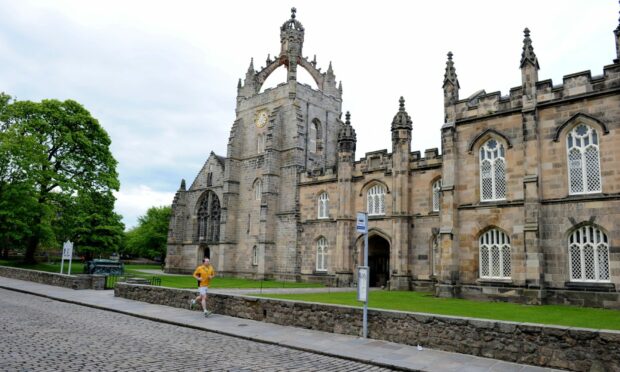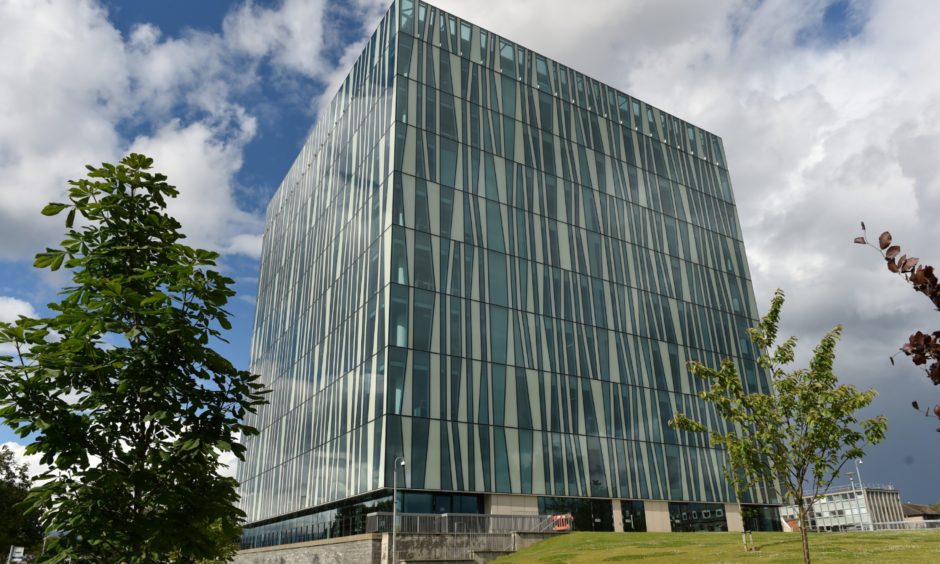An exhibition exploring the north-east’s links to the slave trade has opened at Aberdeen University.
The Legacies of Slavery draws on a two-year research project which has investigated the involvement of people from the region in the slave trade, and in slavery itself.
The exhibits form part of the university’s commitment to improve understanding of the institution’s own colonial legacy.
While no slave ships left from Aberdeen, sailors and captains from the region worked on slave vessels departing from other ports.
As well as this, it has been found that other people worked in the west African trading forts of the Royal African Company, in which slaves were sold.
Goods produced by slaves arrived in Aberdeen’s port and were traded in the city, including cotton, rum, sugar and tobacco, while it was also the starting point for many Scots who left for the Caribbean to make money from slavery.
The legacies of slavery
The Legacies of Slavery exhibition displays original documents that record the poor conditions endured, but also how enslaved people resisted it.
It also explores how individuals from the north-east grew wealthy from slavery and how these profits benefitted institutions in the region, including Aberdeen University.
The exhibition challenges visitors to reflect on the legacies of slavery and give opinions about what the university and the region should do next.
In September, Aberdeen University severed its ties to the £1.8 million north-east teaching fund, Dick Bequest, after it was found the money was directly linked to profits of Forres-born merchant James Dick – a slave trader in the Caribbean.
Head of museums and special collections at Aberdeen University, Neil Curtis said: “Wealth from Atlantic slavery flowed from the British Caribbean to north-east Scotland, into the hands of individuals, businesses, stately homes and the university. It is important that we accurately tell that story and the Legacies of Slavery exhibition is part of that process.
“Slavery is part of the fabric of the city, as can be seen in some of Aberdeen’s street names: Jamaica Street, Virginia Street and Sugarhouse Lane.
‘An important step’
“Many people from the north-east went to the Caribbean as doctors, naval officers, plantation owners and overseers, and King’s College and Marischal College (successors of Aberdeen University) profited from donations from them.
“The exhibition is an important step towards a truthful telling of this story and so an understanding of both how this shaped our past and the continuing legacy it has today.”
Legacies of Slavery: Transatlantic Slavery and Aberdeen is free and will continue until December 2 in the gallery of the Sir Duncan Rice Library.




Conversation